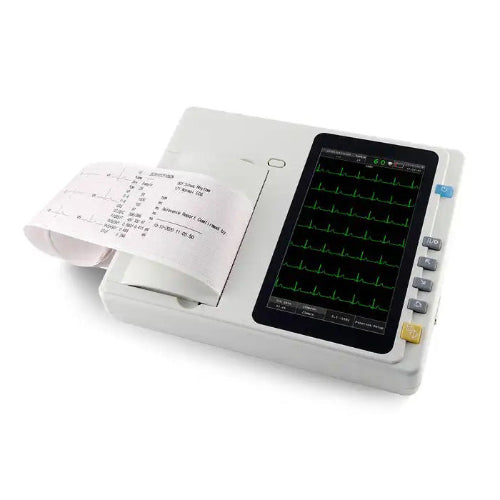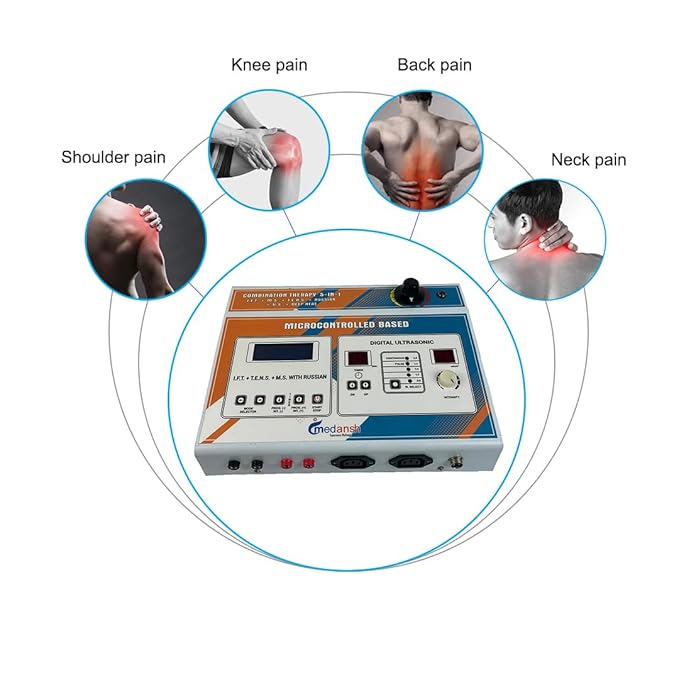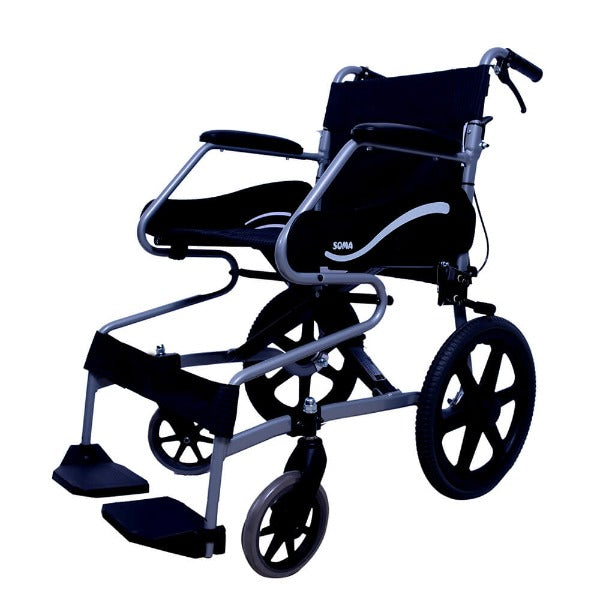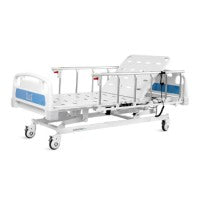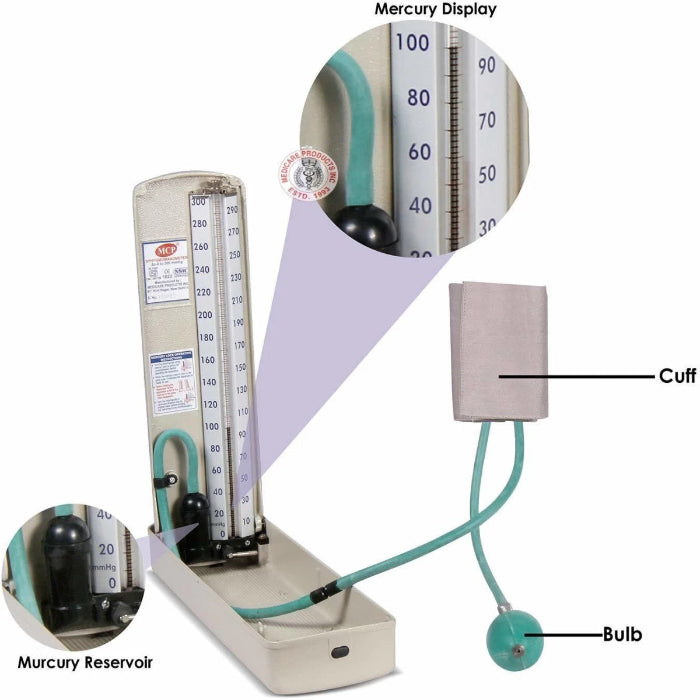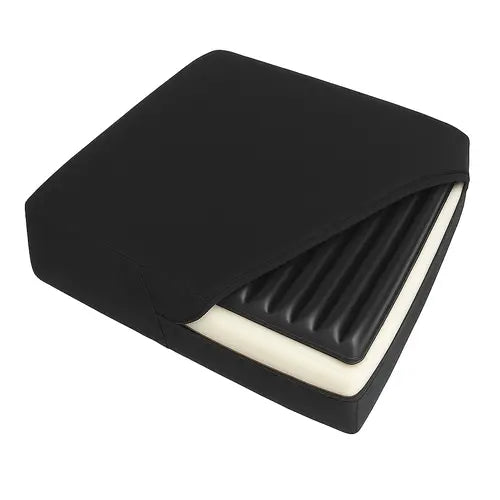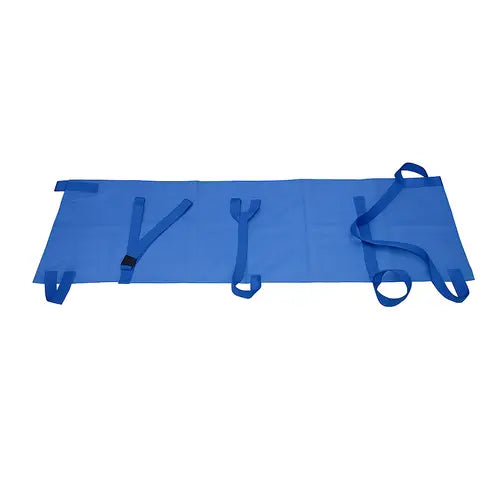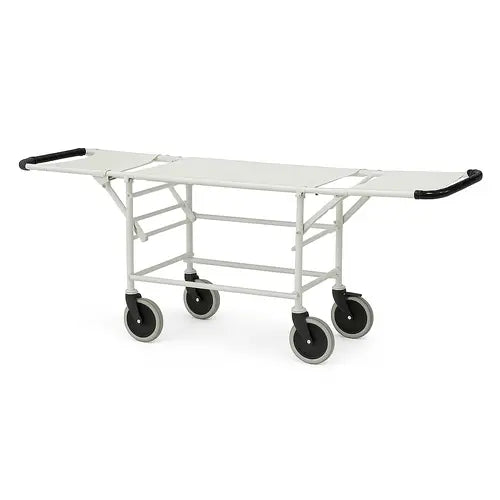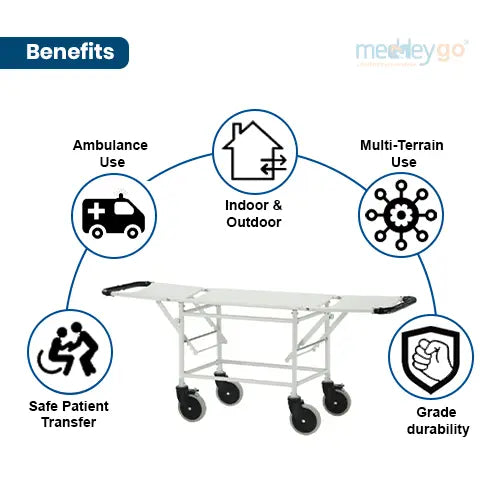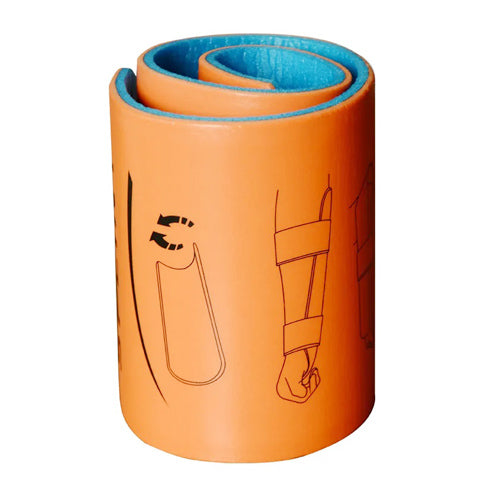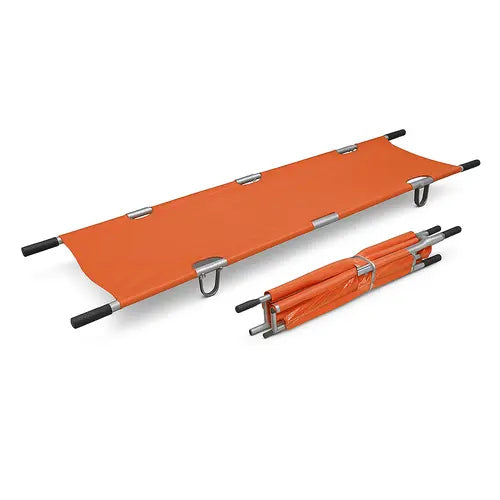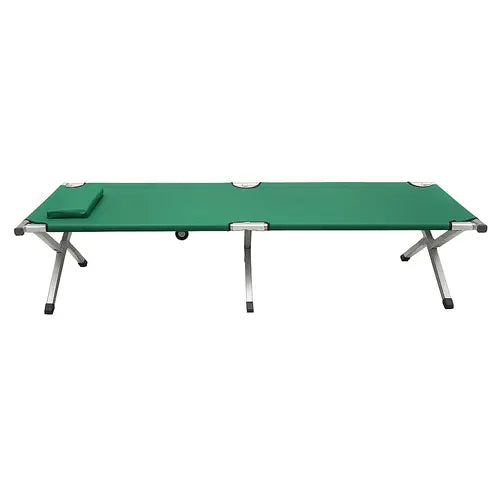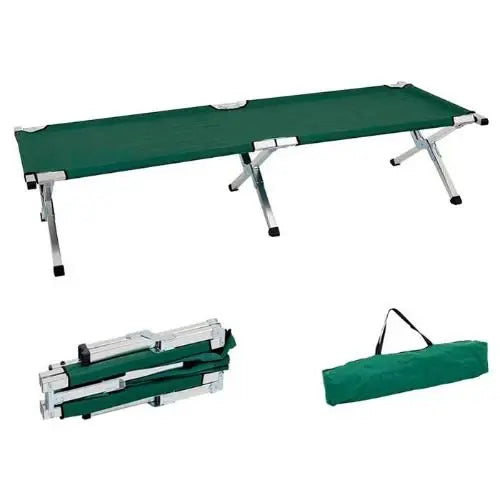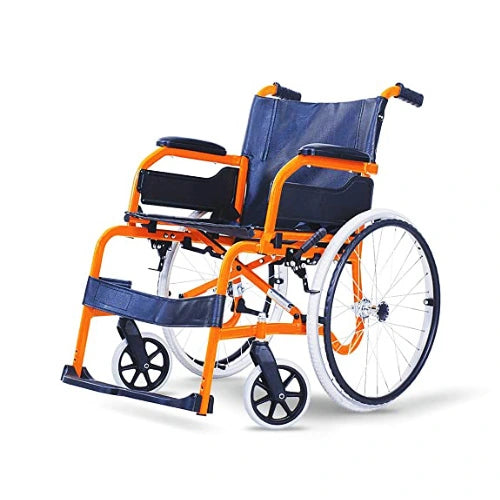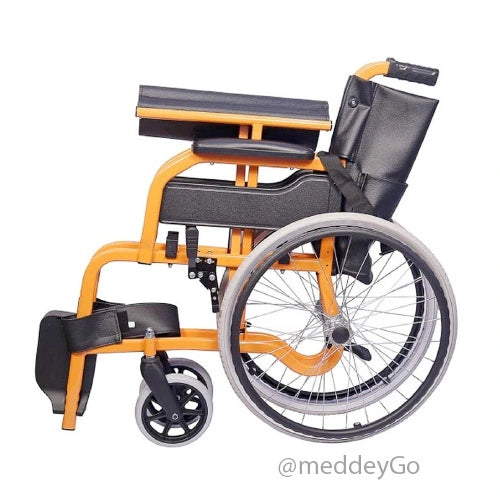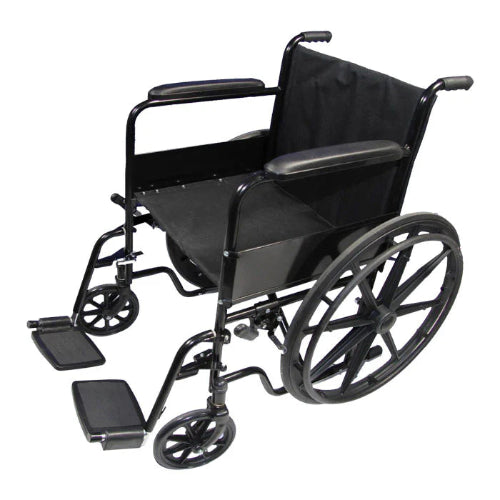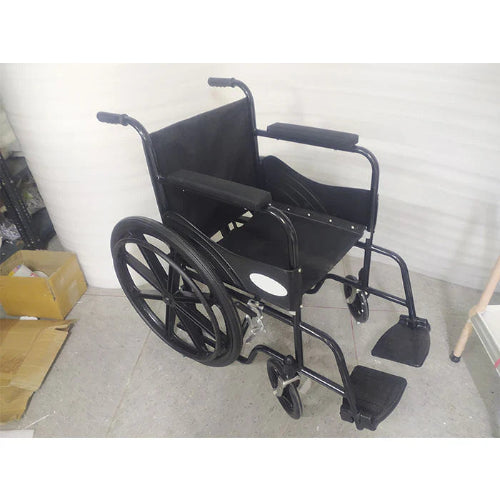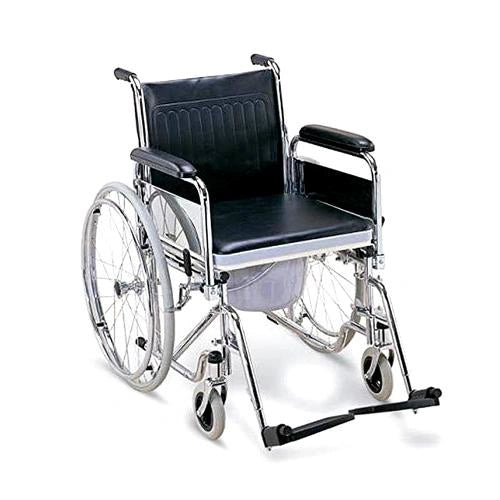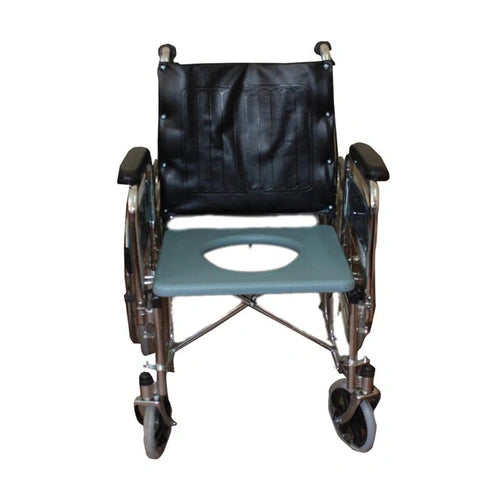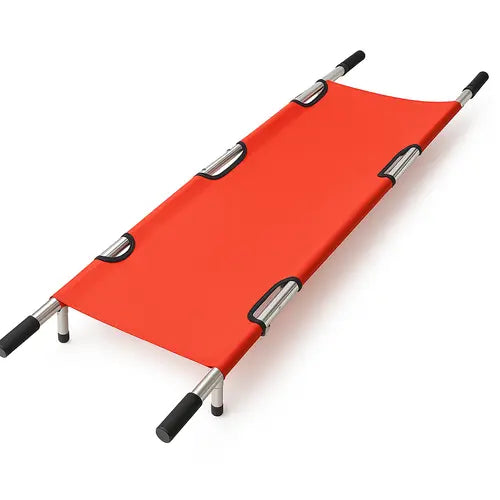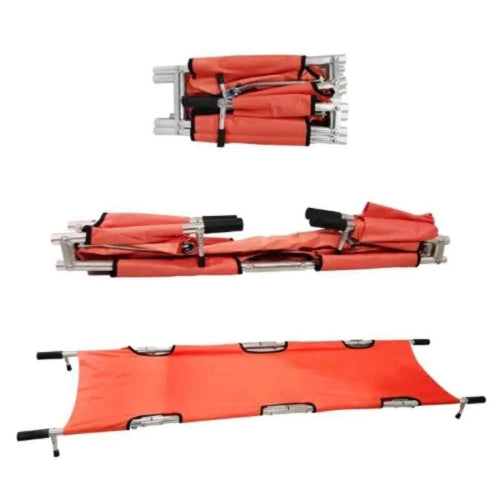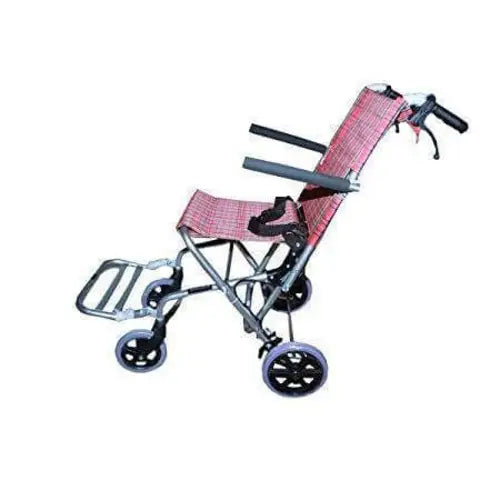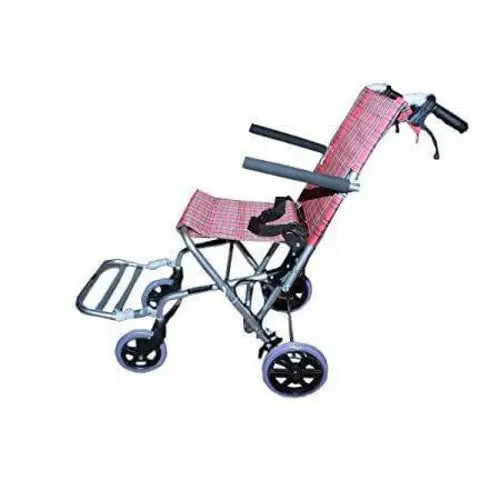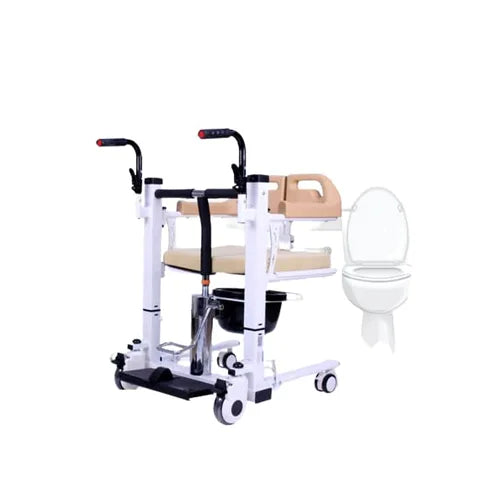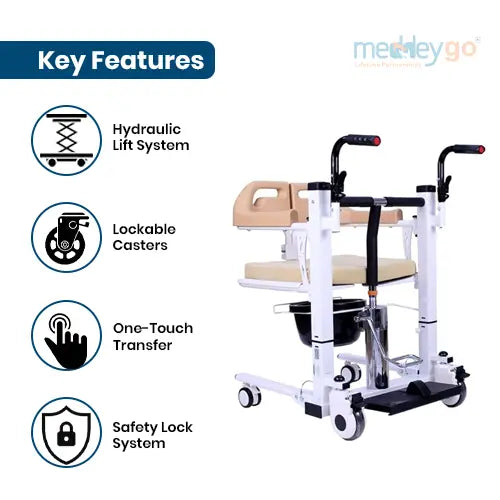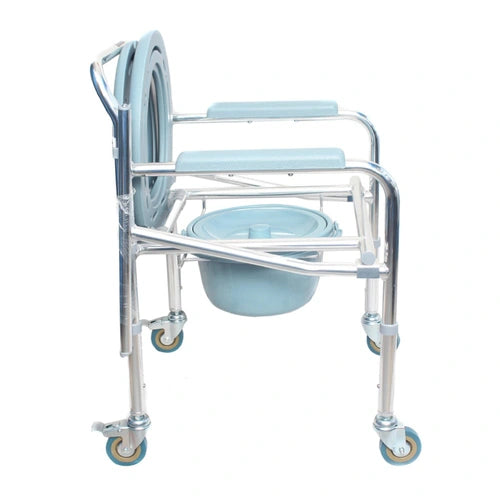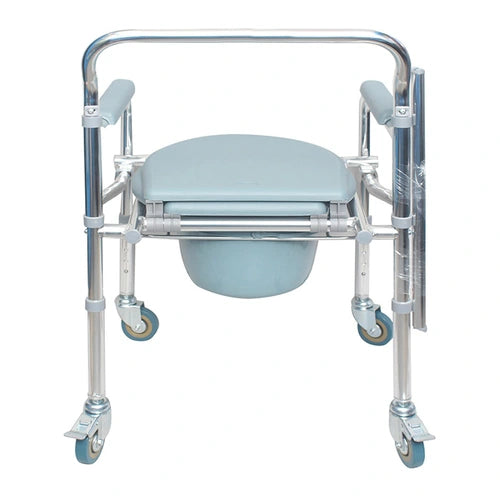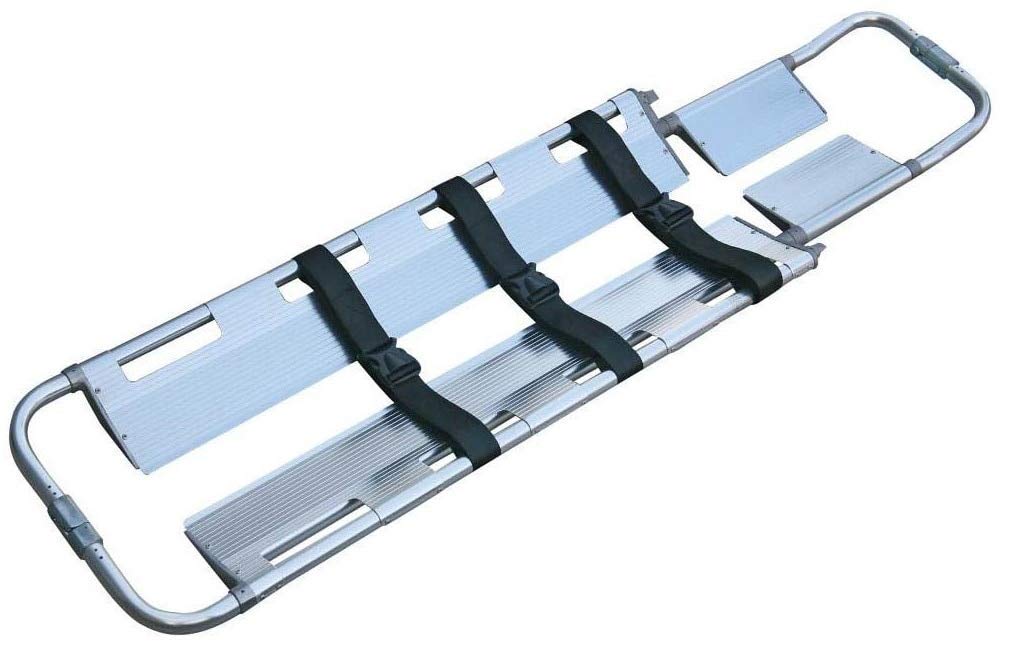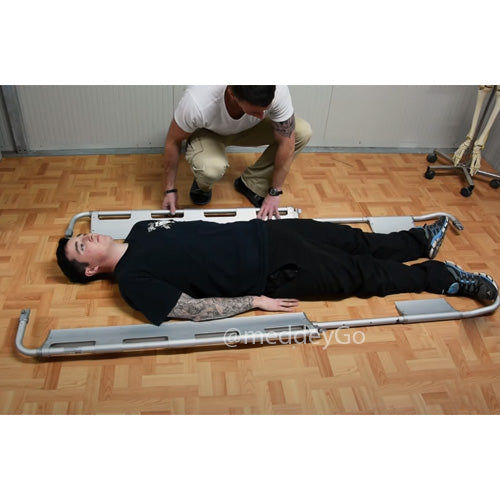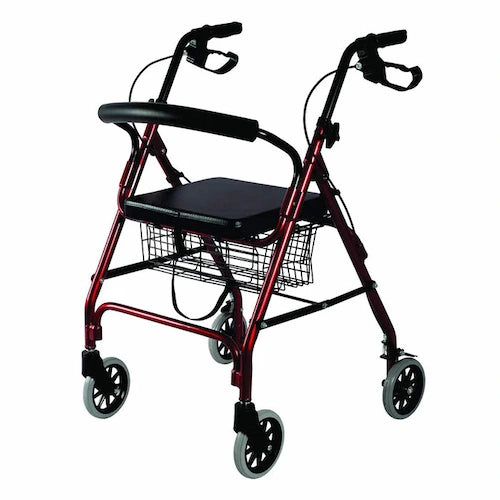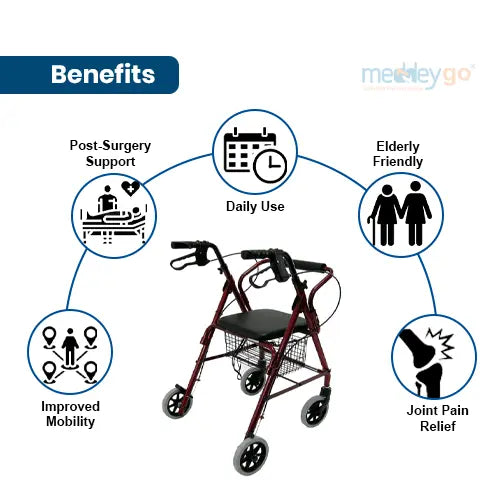Filter
44 products
Type: Patient Transfer
Gel Wheelchair Cushion for Bed Sore Prevention Corrugated
Type: Patient Transfer
Foldable Soft Stretcher with Safety Belt for Patient Transport
Type: Patient Transfer
Folding Stretcher Trolley Mild Steel
Type: Patient Transfer
Self Tapping Round Orthopedic rolling splint Size 90x11 Cm
Type: Patient Transfer
Foldable Stretcher Canvas Type Two Fold
Type: Patient Transfer
Aluminium Emergency Folding Bed
Type: Patient Transfer
Karma Champion 200 Foldable Wheelchair - Orange
Type: Accessories
Mag Wheel Regular Foldable Wheelchair
Type: Patient Transfer
Karma Commode chair Rainbow 6
Type: Patient Transfer
Four Fold Stretcher Aluminium
Type: Patient Transfer
Karma Manual Transit Wheelchair TV 30
Type: Patient Transfer
Karma Patient Transfer Chair TC 20 with Hyraulic Push Paddle
Type: Patient Transfer
Karma Rainbow 11 Foldable Aluminum Commode Chair
Type: Patient Transfer
Model Scoop Stretcher Premium Aluminium Frame
Type: Patient Transfer
Premium Rollator Walker
Collection:
Patient Transfer
Patient Transfer Equipments
Patient transfer devices are critical medical equipment that ensure safe mobility for patients and caregivers in India. These aids include specialized mobility equipment chairs, stretchers, and slide boards designed to ease transfers between beds, wheelchairs, and toilets. By enabling smooth repositioning without heavy lifting, patient transfer equipment enhances safety and comfort in both hospital and home settings. For hospital administrators and clinicians, choosing the right patient transfer products means reliable performance in busy wards and homecare settings.
Who It’s For
This guide is for hospital administrators, clinicians, nursing staff, biomedical engineers, and purchase teams evaluating patient transfer equipment. These devices also fall under home medical equipment and general mobility equipment categories. For anyone procuring mobility chairs or transfer aids, understanding the applications—whether in ICU wards, rehabilitation centers, or homecare—helps ensure patients receive dignified, efficient transfers.
Key Benefits
- Enhance safety by minimizing manual lifting; consequently, reduce caregiver strain and back injuries.
- Improve comfort through padded surfaces and ergonomic design; moreover, patients feel supported during repositioning.
- Streamline workflows in hospitals and clinics; therefore, staff complete transfers quickly and free time for other care.
- Maintain dignity for patients; furthermore, commode-capable chairs allow toileting assistance without undressing.
- Increase efficiency with multi-use devices (transfer + commode); next, adjustable height and swivel functions match any bed or chair.
- Support infection control with easy-clean materials; additionally, non-porous surfaces prevent cross-contamination.
- Enable independent mobility at home; meanwhile, caregivers can assist transfers safely in residence or care homes.
- Accommodate large patients using high-capacity boards and belts; consequently, facilities can serve diverse body types safely.
Product Map
| Product | Use Case | Key Parameters | Warranty | Installation/Training | EMI/COD | Consumables |
|---|---|---|---|---|---|---|
| Patient Transfer Slide Board | Horizontal transfers (bed <-> wheelchair or chair) for immobile patients | Size: ~170×50 cm; polycarbonate; 225 kg capacity; anti-skid strips; radiolucent; <5 kg | 1 year on material defects | No installation; caregiver training recommended | COD yes; EMI N/A | None (no parts) |
| Folding Stretcher Trolley (Mild Steel) | Emergency transport and patient transfer within hospitals or clinics | Mild steel frame; foldable; four 360° castors; foam mattress support | 1 year manufacturer | No installation; stable with two-person handling | COD yes; EMI available | None |
| Karma Patient Transfer Chair TC-20 | Transfers from bed to wheelchair/toilet with ease; multi-utility commode chair:contentReference[oaicite:5]{index=5} | Hydraulic push paddle lift; 360° wheels; height adjustable; built-in commode pan | 1 year | Minimal assembly; quick briefing on hydraulic control | EMI available; COD yes | Replaceable commode bucket |
| Karma Commode Chair (Rainbow 6) | Dual-purpose wheelchair and commode for toileting and mobility:contentReference[oaicite:6]{index=6} | Steel frame; foldable; splash-proof commode pan; fixed armrests; 3″ lockable wheels | 1 year | No assembly; basic user guide | COD yes; EMI N/A | Disposable liners, commode bucket (optional) |
Features & Specs
This section keeps things clear and quick to scan. It helps teams compare options for patient transfer across wards, rehab rooms, and home care. You will find plain terms, short lines, and metric sizes. Moreover, we focus on what matters in India: safe moves, easy cleaning, and low effort for staff. Additionally, we show the points that shape comfort, speed, and long-term value in medical equipment and mobility equipment. Finally, you can share this with purchase teams and caregivers so everyone speaks the same simple language.
Core Features
- Use smooth lift action to raise and lower patients with control.
- Slide boards reduce lifting strain; moreover, moves feel safe and steady.
- Lockable swivel wheels hold position; consequently, transfers stay stable.
- Adjust seat and back height to match beds and chairs with ease.
- Get multi-use designs that also work as commode chairs when needed.
- Add padded contact areas to improve comfort during short or long moves.
- Fold frames for storage; additionally, carry devices between rooms quickly.
- Choose steel or aluminium builds for high load support and long life.
Technical Specs
- Frame material: Mild steel, carbon steel, or lightweight aluminium.
- Load capacity: Commonly 100 to 225 kilograms, model dependent.
- Typical sizes: Slide board 170 x 50 cm; stretcher about 180 x 50 cm.
- Chair width: Around 46 cm to fit doors and ward spaces.
- Device weight: Chairs 20 to 40 kg; slide boards under five kilograms.
- Adjustments: Seat height about 45 to 62 cm; reclining back available.
- Wheels: Four casters with brakes; diameter at least 75 mm.
- Accessories: Commode pan about 10 litres; washable covers and safety belts.
How to Use — Step by Step
- First, prepare the transfer: Evaluate patient condition and plan. Secure hospital bed/cot and wheelchair wheels.
- Next, communicate: Explain each move to the patient to gain cooperation and reduce anxiety.
- Position patient: If using a transfer belt, wrap it snugly around patient’s waist. Place slide board between surfaces, or adjust hydraulic chair seat.
- Then, assist movement: Guide patient to sit or lean; slide them gently across the board or operate the lift slowly. Use smooth, even motions.
- Once on destination: Lock wheels immediately. For commode chairs, ensure the patient is centered over the pan.
- Finally, verify comfort and safety: Recline backrest or raise bed rails as needed. Check that brakes are engaged and the patient is secure.
Safety & Care
Regular inspection and maintenance of patient transfer devices ensure safe operation. After each use, clean equipment surfaces with hospital-grade wipes or mild detergent to remove body fluids and disinfect. Store chairs and boards in a dry, ventilated area to prevent rust or damage. Additionally, always have a backup transfer device available during servicing.
Maintenance Checklist:
- Inspect wheels, brakes, and joints for wear or damage before use.
- Check straps, handles, and lubricate moving parts regularly.
- Clean all surfaces after each transfer with approved disinfectants.
- Store equipment folded or covered to protect against dust and moisture.
- Ensure backup equipment is accessible if primary device is in repair.
Pricing & Value
Patient transfer devices range from budget models (~₹10,000) to advanced chairs (~₹50,000). When budgeting, include 3-year total cost: training for staff, spare parts, and operational costs. For example, a ₹30,000 transfer chair may need minimal power (~₹500/year) for hydraulic pumps, plus occasional replacement parts (wheels or cushions ~₹1,000/year). Moreover, effective transfers reduce injury-related costs, making the investment valuable. EMI financing can spread upfront costs, and free COD options are often available.
Procurement Checklist
Use this list when buying patient transfer devices. It helps teams pick safe, compliant, and value-smart medical equipment for India. Moreover, it keeps focus on daily use, cleaning, and service. Finally, share it with purchase, nursing, and biomedical teams so choices stay aligned.
- Clinical fit: First, match weight capacity and size to your patient group.
- Comfort add-ons: Also check cushions, safety belts, and commode pans if needed.
- Performance: Verify smooth hydraulic lift or slide action; next, test folding and steering.
- Power vs manual: Choose electric lifts with battery backup, or simple manual models.
- Backup power: Moreover, confirm reliable batteries and clear charging routines.
- Controls & ergonomics: Then test handle reach, pump effort, and brake access.
- Infection control: Prefer non-porous, easy-clean parts and removable washable covers.
- Accessories & spares: Ensure belts, limb supports, buckets, liners, and wheels are available.
- Noise & weight: Quieter casters and lighter frames improve home and ward use.
- Standards: Select CDSCO, BIS, and ISO compliant mobility equipment for India.
- Documentation: Ask for IFUs, user manuals, and maintenance checklists.
- Warranty & service: Prefer at least one-year cover and assured onsite support.
- Payment: Finally, look for EMI or COD and multi-unit bundle value.
Integration & Data Flow
Advanced patient transfer systems may feature digital logs, but many are manual. In smart units, always match the patient’s ID band to the device record for accuracy. Ensure any built-in timing (e.g. for lift runtime) is synchronized with hospital clocks to keep records consistent. If the device records transfers to an information system, it should automatically retry sending logs if initially offline. However, most lateral transfer aids operate without connectivity, focusing on safety and ergonomics rather than data.
FAQs
What is a patient transfer device?
A patient transfer device is a mobility aid (such as a chair, stretcher, or slide board) designed to help move patients between surfaces safely and comfortably. It reduces the need for manual lifting.
How does a slide board work?
A slide board is a slick, low-friction board placed under the patient’s torso or legs. The patient slides smoothly across it from one surface to another, eliminating lifting trauma. Antiskid strips keep the board stable during the move.
Who should use a patient transfer chair?
Transfer chairs are ideal for patients with limited mobility who still have some upper-body strength. Caregivers and physical therapists use them for transfers to wheelchairs, toilets, or bathtubs. These chairs also often double as commode chairs.
Are patient transfer devices suitable for home use?
Yes, many patient transfer aids are designed for home care. Home medical equipment lines include compact, foldable chairs and stretchers. They are particularly useful for old people or disabled patients receiving home care.
How do I ensure infection control with these devices?
Choose devices with washable covers and waterproof pans. Wipe down all surfaces with approved disinfectants after each use. For example, slide boards and chairs are typically made of materials that tolerate routine hospital cleaning.
What safety features should I look for?
Look for sturdy frames, secure locks, and safety belts. Chairs and stretchers often have parking brakes and handrails. Handles should be padded and well-designed to prevent slippage. Some boards are radiolucent (X-ray transparent), allowing imaging without moving the patient.
Is training required to use patient transfer equipment?
Basic training is highly recommended. Although most devices need no installation, staff should learn proper transfer techniques to avoid injury. Even slide boards and belts require instruction on patient positioning to maximize safety.
What is the weight capacity of these devices?
Weight capacity varies by model. Slide boards often support up to 200+ kg; chairs and stretchers commonly handle 100–150 kg. Always check the manufacturer’s specifications to match patient weight.
What certifications should these products have?
In India, look for CDSCO (Central Drugs Standard Control Org.) and BIS (Bureau of Indian Standards) certifications. ISO certifications indicate quality manufacturing. Ensure the device comes with an instruction manual (IFU) and any compliance documents.
Can I pay using EMI or COD?
Many sellers offer COD (Cash on Delivery) and financing (EMI) for high-value equipment. Check with the provider: for example, meddeyGo often allows COD and EMI on qualified orders.
What maintenance does patient transfer equipment need?
Regularly inspect mechanical parts and clean after use. Lubricate hinges and check brake function monthly. Replace worn parts (e.g. wheels, straps) promptly to avoid accidents.
Who is the manufacturer of this product?
Meddey Technologies Pvt Ltd, C-75, First Floor, DDA Sheds, Industrial Area, Phase 1, Okhla, New Delhi – 110020. Phone: +91 8586-012345. Country of Origin: India.

